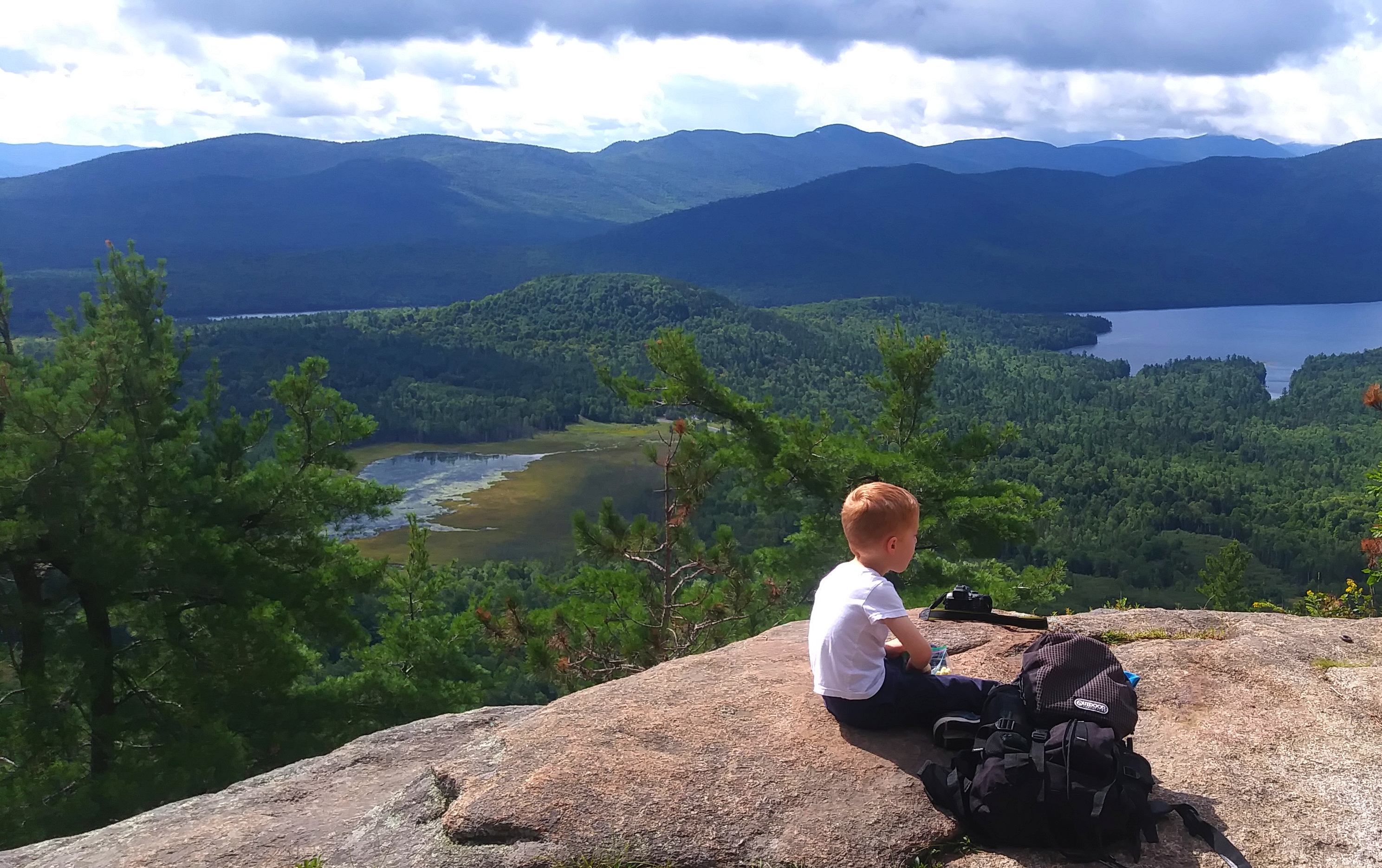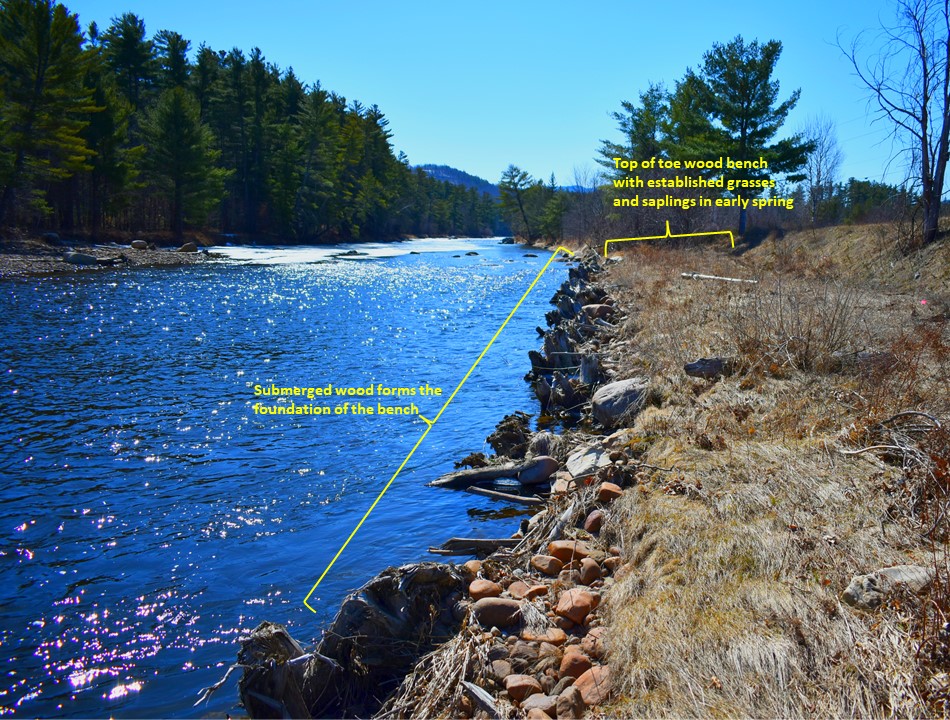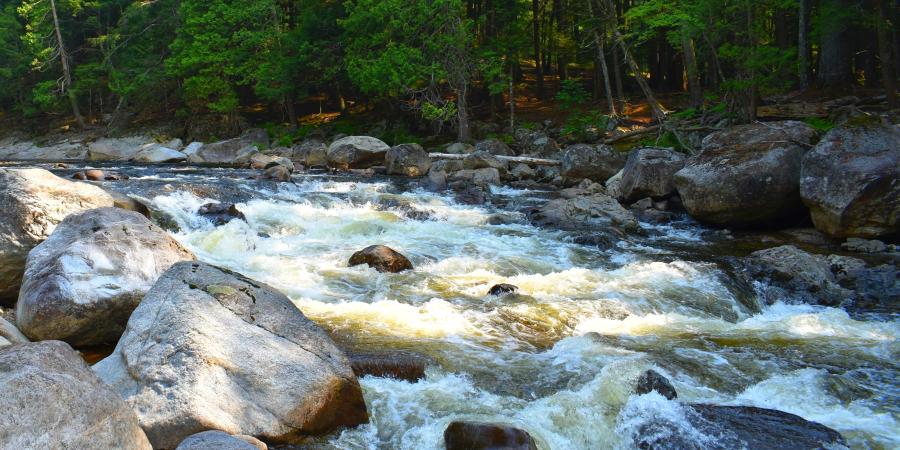Most of us are familiar with the concept of natural resources. These are resources, like timber, that humans manage and use to produce products for consumption. Water is another example of a natural resource that humans use for all sorts of things. While this concept is widely understood by most people, there is another related concept that is a bit more abstract and often poorly understood. Ecosystem services are the benefits that healthy, intact natural resources can provide to society. For example, there are many ecosystem services provided by healthy, intact forests beyond the harvesting of timber. Trees emit oxygen to the atmosphere as a by-product of their growth. They absorb and store carbon, which is important in a world where atmospheric carbon continues to increase due to fossil fuel usage. Trees absorb and filter runoff that helps reduce flood risk and improve water quality. From a given amount of rainfall, a forested landscape produces significantly less storm runoff with less pollutants than a farm field or a suburban residential development. There are countless ways that healthy forests benefit our society, yet we often fail to account for these services in ways that could help protect them.

Healthy, functioning ecosystems can be quite beautiful to behold, but they should also be appreciated for the services they provide.
Rivers provide a range of resources and services that our society needs. A river moves water and sediment from its surrounding landscape through its channel and floodplain to its outlet. A healthy, natural river can manage these tasks in a way that is beneficial to its surroundings. Even in times of flooding, these rivers simply rise and spread out on to their natural, undeveloped floodplains leaving behind nutrient-rich, fine sediment that feeds the growth of the healthy forests that line their banks. The list of services provided by rivers is long and difficult to fully appreciate.
At this point, you probably realize that you already understood what ecosystem services were, you just hadn't heard it explained in this way. When society receives something of value from its natural surroundings, this is a service. It's also important to understand that, in the absence of naturally occurring ecosystem services, humans must find ways to provide these services. The clean water moving through a natural, forested landscape will require less treatment to produce a drinkable product than water moving through a highly developed landscape. Humans need drinkable water, and we must pay more to produce that product if we can't harvest good quality water in nature.
Support our river restoration work for clean water and healthy streams. Give with confidence today!
Over the past several years, the Ausable River Association (AsRA) has worked with the U.S. Fish & Wildlife Service (USFWS) and others to restore river health in ways that support higher functions like water quality and habitat for threatened native species. When we restore the river to correct past impairments, we enhance the ecological services that it can provide.
Among the many services that rivers provide, absorbing and storing carbon are critical services that need to be better understood. It is well understood that rivers and their floodplains play an important role in absorbing and storing carbon, and scientists are now finding evidence that certain types of restoration work can help store carbon for long periods of time. Projects that reconnect rivers and floodplains can have a positive effect on long-term carbon storage. Periodic flooding buries detritus (e.g., leaves, dead wood, etc.) on the forest floor. Decomposition of the detritus is slowed by burial and seasonally wet soils. With little decay, carbon becomes trapped with the fine sediments that accumulate on floodplains. Floodplain soils often contain elevated carbon levels due to these processes of burial and preservation.
Incorporating wood into the banks and beds of river channels is a common approach used by AsRA and the USFWS that can help stabilize some river segments that are adjusting to past (logging, dredging) and present (climate change, development) threats to stream health. As in floodplains, the burial and water saturation keep the wood intact for a century or longer. Toe wood benches that are used to reduce erosion along banks also add additional area for seasonal flood deposits, which take in carbon as described above.

A toe wood bench constructed as part of a restoration effort on the West Branch Ausable River. The bench helps improve the river's ability to move sediment while protecting the toe of the steep bank in the right side of the photo. Vegetation has become well established on top of the bench, which will transition to forest as trees continue to grow, further stabilizing the bench with time. The submerged wood will provide habitat and support for food webs that native species need for their survival.
As scientists work to refine our understanding of carbon storage in reconnected floodplains and other restoration tools, it's important to appreciate that the Ausable River watershed is largely forested with a sizable portion of its land under protection from future development. However, much work remains to stabilize segments of the river that threaten communities and infrastructure, to bring sedimentation back into balance, and to reconnect the river to its floodplain in a smart, strategic way that reduces flooding in high-risk areas like Au Sable Forks and Upper Jay. All of this work will improve the river's ability to provide important services: supporting critical habitat for native brook trout, providing self-sustaining flood resilience for our communities, and storing carbon for our planet.
Story and photos by Gary Henry, Stream Restoration Manager. Top photo: The East Branch Ausable River in summer.


